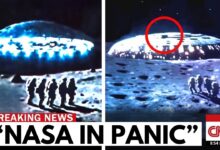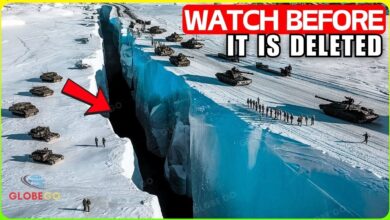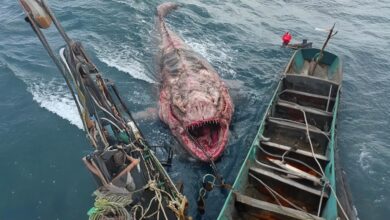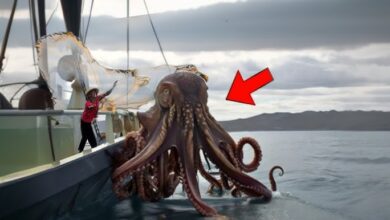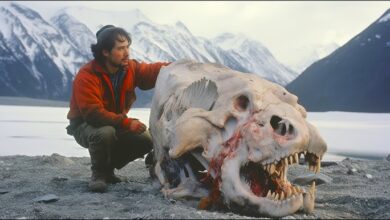THEY TRIED to Warn Us! TERRIFYING Secret Is Emerging from Greenland’s Melting Ice
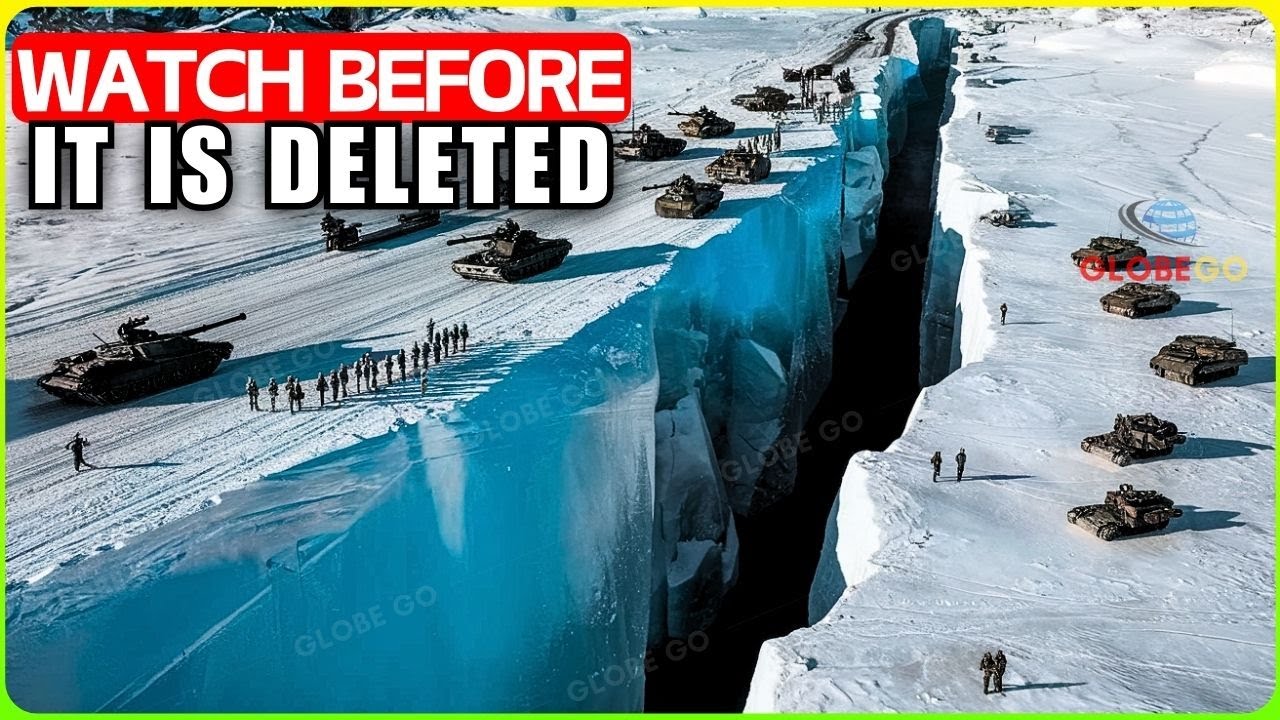
Beneath Greenland’s thousands of years of ice lies a mysterious world, but not forever. As the ice melts at an unprecedented rate, scientists have uncovered ancient landscapes, lost ecosystems and evidence that the land was once very different from what it is today. So what other mysteries are waiting to be discovered?
Greenland – the world’s largest island, three times larger than France and a Danish territory for more than three centuries – has one remarkable feature: a giant ice sheet that covers 80% of its land mass.
This ancient ice sheet is on average 1-2 km thick, reaching up to 3 km in places, and contains about 2.85 million km³ of ice. Its enormous weight has forced much of the terrain below sea level, forming a basin surrounded by mountains.
Research since 1966 at the US Army’s Camp Century has revealed sediments containing plant material under the ice, suggesting that Greenland was once ice-free. In 2013, NASA satellite data revealed a 750 km long, 800 m deep canyon – possibly Greenland’s “Grand Canyon” – carved by an ancient river system. If the ice continues to melt, the landscape could become a vast lake or inland sea.

The rapid melting of Greenland’s ice is one of the most important factors affecting global sea levels. Currently, the island loses about 200 billion tons of ice each year, which could contribute to a 30 cm rise in sea levels by the end of the century. If all the ice melted, sea levels could rise 7 m, submerging many coastal cities such as Miami, New Orleans, Shanghai, or Venice.
In addition to revealing ancient relics, Greenland is also the center of global attention thanks to its enormous resources.
Several studies have suggested that the island may hold large reserves of oil, gas, and rare earths, especially near the town of Narsaq. These resources are vital to modern technology, from smartphones to medical devices and aerospace technology.
Greenland’s strategic location also makes it a geopolitical hotspot. Countries such as the United States, China, and Russia are increasingly interested in the area, not only for its resources, but also because of the Arctic shipping lanes that are opening up due to melting ice.
With climate change, economic interests, and global competition converging, Greenland is entering a new era where history, science, and politics intersect. What is revealed from the ice may not only help us understand the past, but also shape the future of the entire planet.
